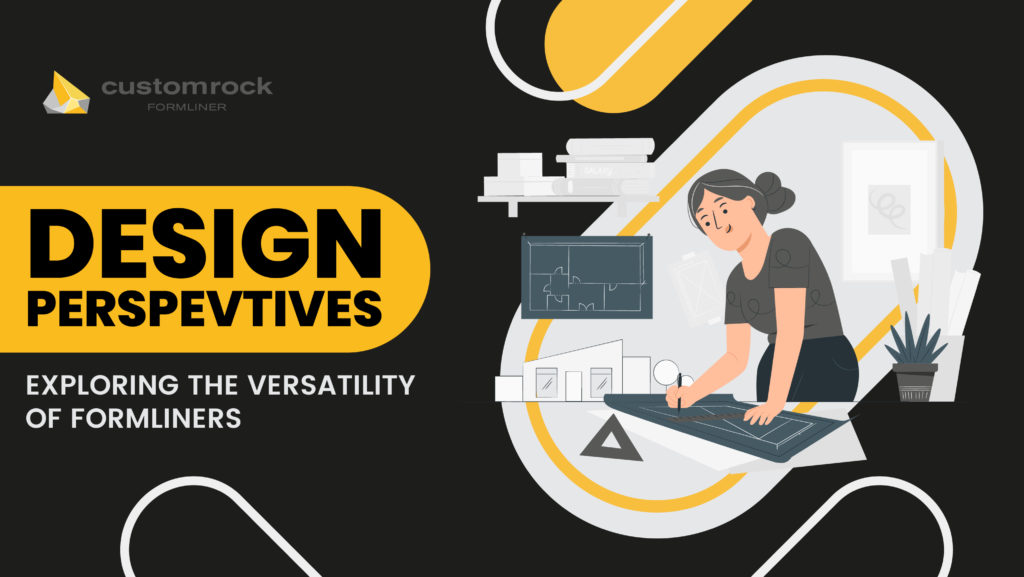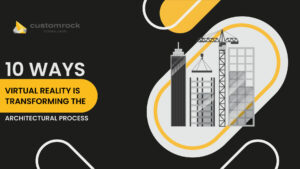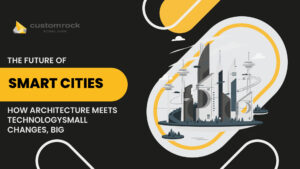TL: DR
Formliners are considered one of the versatile architectural elements that provide texture and patterns to concrete surfaces. They offer amazing diversity and options regarding design possibilities and versatility.
Formliners’ versatility helps architects create unique and diverse designs such as nature-inspired designs and geometric abstraction. Formliners enhance the aesthetic and functional aspects of concrete structures.
This powerful tool provides endless possibilities to create visually stunning and meaningful designs.
5 Design Perspectives that Showcase Formliners’ Versatility

Here is the list of different design perspectives that show how versatile formliners are.
1. Nature-Inspired Designs
Formliners mimic various textures and patterns from the natural world. Architectures can incorporate these organic elements into architectural designs that can create a harmonious relationship between the structure and its surroundings.
Formliners can mimic natural textures and can replicate different materials such as wood, stone, and rock. They can easily blend into the natural landscape to help create a visual connection with the environment.
Formliners are also great at creating biophilic designs that assist in incorporating elements of nature into built structures. With the help of nature-inspired designs, architecture can foster a sense of calmness and human well-being.
They can also create a spatial experience; which refers to how people perceive, interact and feel within an environment. With the help of spatial experience, the building can ensure a deeper connection and a sense of belonging.
Whether it is a hospital, office, or a residential complex; nature-inspired designs can have a positive impact on people’s moods and overall experience.
2. Optical Illusions
Architects can also use formliners to create intriguing optical illusions that play with perspective and perception. Here are different types of optical illusions that architects can create with formliners:
-
- Visual Distortion Architects can design formliners with different patterns that can converge, distort or diverge. This can help create an illusion of depth and or movement on the building facade or concrete surface.
-
- Dynamic Facades Building with optical illusions can look different from various angles and lighting. As a result, people may perceive it as if the facade is changing or moving around the structure. This dynamic design perspective helps in creating a dynamic and captivating visual experience.
-
- Focus and Attention Optical illusions can draw attention to the structure. Apart from standing out, it would intrigue passersby and visitors to focus on the structure and discover the intricacy of the design.
-
- Enhanced Aesthetics Optical illusions can also transform ordinary concrete surfaces into eye-catching and visually aesthetic elements. Architects can cleverly use patterns and forms to elevate the aesthetics of the building.
3. Geometric Abstraction
Formliners can create architectural designs that contain geometric shapes and patterns. These designs focus on creating stylized, aesthetic designs rather than replicating natural textures and realistic elements.
-
- Minimalism and Simplicity Geometric abstraction uses basic shapes such as triangles, circles, squares, and lines which keeps the design minimalist and simple. This type of design can create a sense of visual harmony, order, and balance in the architecture.
-
- Modern Aesthetics Many architects use geometric abstraction in architectural design. By customizing different shapes, they can invent different designs and compositions that show their artistic vision.
-
- Design Versatility Geometric designs are highly customizable and can be combined in different ways to create unique and aesthetic designs. As it offers high flexibility and different design perspectives, it’s an optimum choice for architectural projects.
-
- Dynamic Effects With the help of geometric designs, architects can create dynamic visual effects. Through rotation, repetition, and variation of scale, they can create captivating structures.
4. Brand Identity and Logos
Architects can also use formliners to make brand-related elements such as logos and symbols. Here’s how formliners can help businesses incorporate brand identity into structures:
-
- Minimalism and Simplicity Geometric abstraction uses basic shapes such as triangles, circles, squares, and lines which keeps the design minimalist and simple. This type of design can create a sense of visual harmony, order, and balance in the architecture.
-
- Brand Recognition and Visual Presence Formliners can prominently feature a brand logo or symbols in an architectural building. Due to this visual presence, the building becomes a physical representation of the brand. This helps create a powerful visual presence that is easily recognizable to the general public.
-
- Differentiation from competitors Incorporating logos and symbols in architectural buildings can help businesses stand out from their competitors. The design communicates its unique attributions which creates a competitive advantage for the business.
-
- Enhanced User Experience For customers or visitors, seeing the brand elements in the building may enhance their overall experience. Not only it creates a sense of belonging but also helps create a positive association with the brand.
Consistency in brand identity across the architecture fosters confidence and trust in the brand. Visitors and customers feel a sense of familiarity when they encounter a physical space of the brand they know.
- Enhanced User Experience For customers or visitors, seeing the brand elements in the building may enhance their overall experience. Not only it creates a sense of belonging but also helps create a positive association with the brand.
-
- Long-Term Investment Brand-related designs created with the help of formliners are long-term investments for any business. Since buildings have a long lifespan, these brand elements will continue to promote the brand’s identity for years to come.
5. Typography and Texts
It refers to the use of formliners to incorporate meaningful texts and typography into architectural design. It can be used for:
-
- Communicating messages Typography and texts allow architects to convey specific messages. These texts can vary from inspirational quotes, thought-provoking ideas, or educational teachings.
-
- Cultural and Linguistic Representation Architects can also incorporate texts in different languages to represent linguistic diversity in diverse areas. Not only will it foster a sense of inclusivity but will also embrace the cultural identity of the region.
-
- Way finding and Signs Typography can also be used to create signs and for way finding. These texts can help guide visitors through the building with entrance and exit signs or provide directions to a specific area.
Formliners can also be used for seasonal or temporary messages that can be changed and updated over time. The feature allows the architecture to convey event-related information or temporary messages; making the structure dynamic and relevant.
- Way finding and Signs Typography can also be used to create signs and for way finding. These texts can help guide visitors through the building with entrance and exit signs or provide directions to a specific area.







